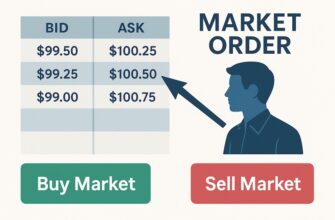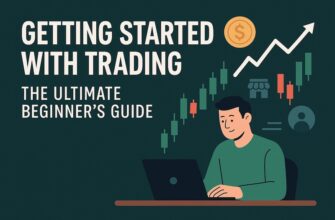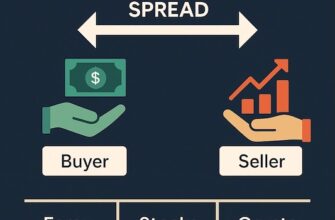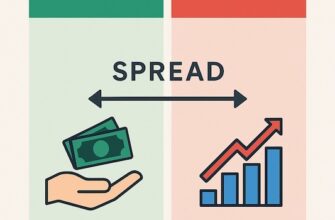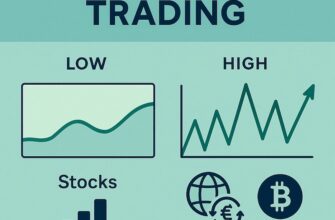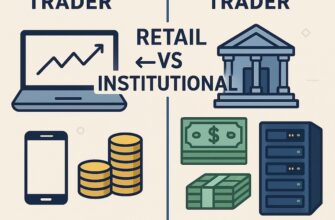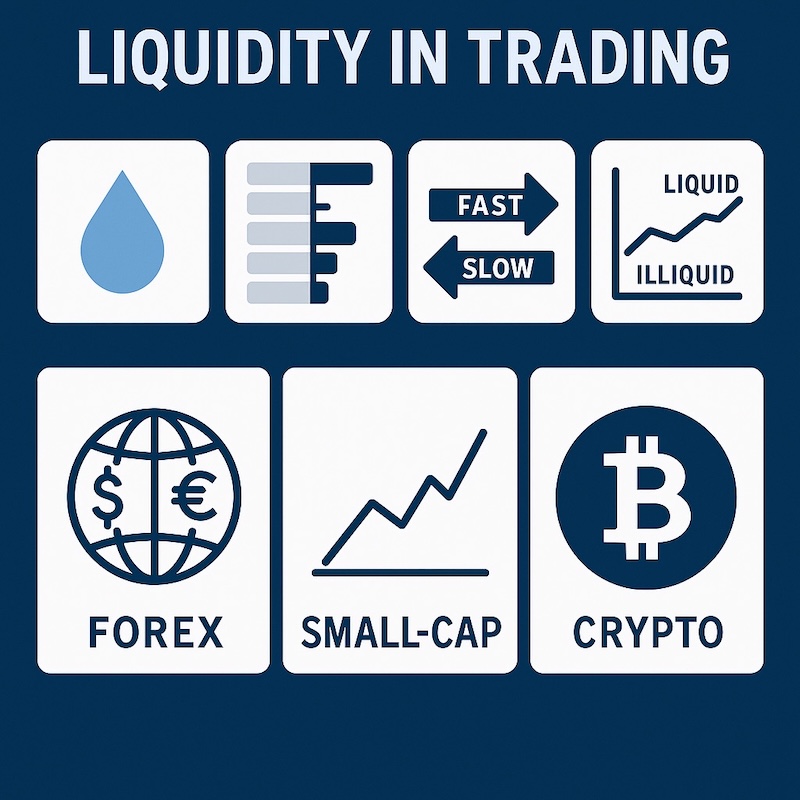
If you’ve ever tried to sell a stock and noticed the price drop before your order was filled, you’ve experienced what traders call liquidity. Put simply, liquidity in trading describes how easily an asset can be bought or sold without causing significant price changes. Highly liquid markets feel “smooth” — you can trade large amounts quickly and at prices close to the current quote. Illiquid markets feel “sticky” — even small trades can push prices around.
Liquidity matters to everyone, from casual investors to hedge funds, because it directly affects trading costs, risk, and strategy performance. Let’s break it down in simple terms.
Definition of Liquidity
Liquidity is the ease with which an asset can be converted into cash — or another asset — at a fair price. In practical terms, a liquid market allows you to place a trade and get filled quickly at a price very close to what you expected.
Think of liquidity like a highway. On a wide, well-paved highway (high liquidity), cars can move smoothly even during rush hour. On a narrow, bumpy road (low liquidity), just a few cars can cause traffic jams. Similarly, in a liquid market you can place big trades with little friction, while in an illiquid market, even small trades disrupt the flow.
Why Liquidity Matters in Trading
Liquidity isn’t just a technical metric — it changes how much money you make or lose.
- Transaction costs: Tight liquidity means tighter bid–ask spreads. In highly liquid assets like Apple stock or the EUR/USD currency pair, spreads are tiny, so you lose less when entering and exiting. In illiquid small-cap stocks, spreads can eat into your profit immediately.
- Slippage: In liquid markets, your order fills at the price you want. In illiquid markets, there may not be enough buyers or sellers at that level, so your trade “slips” into worse prices.
- Strategy viability: Scalping or high-frequency strategies only work where liquidity is abundant. Try them in an illiquid crypto token, and you’ll lose more to slippage than you gain.
- Risk management: In liquid markets, stop-loss orders work reliably. In illiquid ones, prices can “gap” right past your stop, leaving you with larger losses than expected.
Liquidity, in short, is the hidden cost — and sometimes the hidden risk — of trading.
High vs Low Liquidity Markets
Not all markets are created equal. Some are oceans of liquidity; others are shallow pools.
- Forex: The foreign exchange market is the most liquid in the world. Major pairs like EUR/USD trade trillions daily with razor-thin spreads. You can enter or exit large positions almost instantly.
- Large-cap stocks and ETFs: Companies like Microsoft or funds tracking the S&P 500 are highly liquid. Millions of shares change hands daily, and the order book is deep.
- Small-cap stocks: Liquidity drops sharply once you move away from big names. A stock with low daily volume can move several percent on a single modest order.
- Cryptocurrency: Bitcoin and Ethereum are relatively liquid, but most altcoins are not. Thin order books mean dramatic jumps on small trades, and spreads can be huge, especially outside peak hours.
The lesson? Always consider how much liquidity a market has before sizing your trade. What feels safe in the S&P 500 could be reckless in a micro-cap stock.
How to Measure Liquidity
Liquidity isn’t one number — it’s a mix of indicators traders watch to judge market quality:
- Bid–Ask Spread: The difference between what buyers are willing to pay (bid) and sellers are asking (ask). Narrow spreads = higher liquidity.
- Trading Volume: The total number of shares, contracts, or coins traded in a period. Higher volume usually means better liquidity.
- Market Depth: How much supply and demand exists beyond the best prices. A deep order book can absorb large trades without big price swings.
- Slippage: The gap between your intended price and your actual fill. More slippage = lower liquidity.
- Time to Fill: How long it takes your order to execute. Quick fills indicate liquid conditions.
By checking these factors — especially spread and volume — you can quickly gauge whether an asset is liquid enough for your strategy.
Key Takeaways
- Liquidity is the ease of trading quickly at a fair price.
- High liquidity means lower costs, tighter spreads, less slippage, and easier risk control.
- Low liquidity means higher costs, wider spreads, and bigger risks of getting stuck in a position.
- Forex majors, large-cap stocks, and broad ETFs are among the most liquid markets. Small-caps and many cryptocurrencies are less liquid.
- Traders can measure liquidity with spreads, volume, depth, slippage, and execution speed.
FAQ
What is the most liquid market?
The foreign exchange (forex) market, especially major currency pairs like EUR/USD, is considered the most liquid market in the world.
Is low liquidity always bad?
Not necessarily. Some traders seek out illiquid markets because they can offer larger price moves and opportunities. But the risks — slippage, wide spreads, and difficulty exiting — are much higher.

